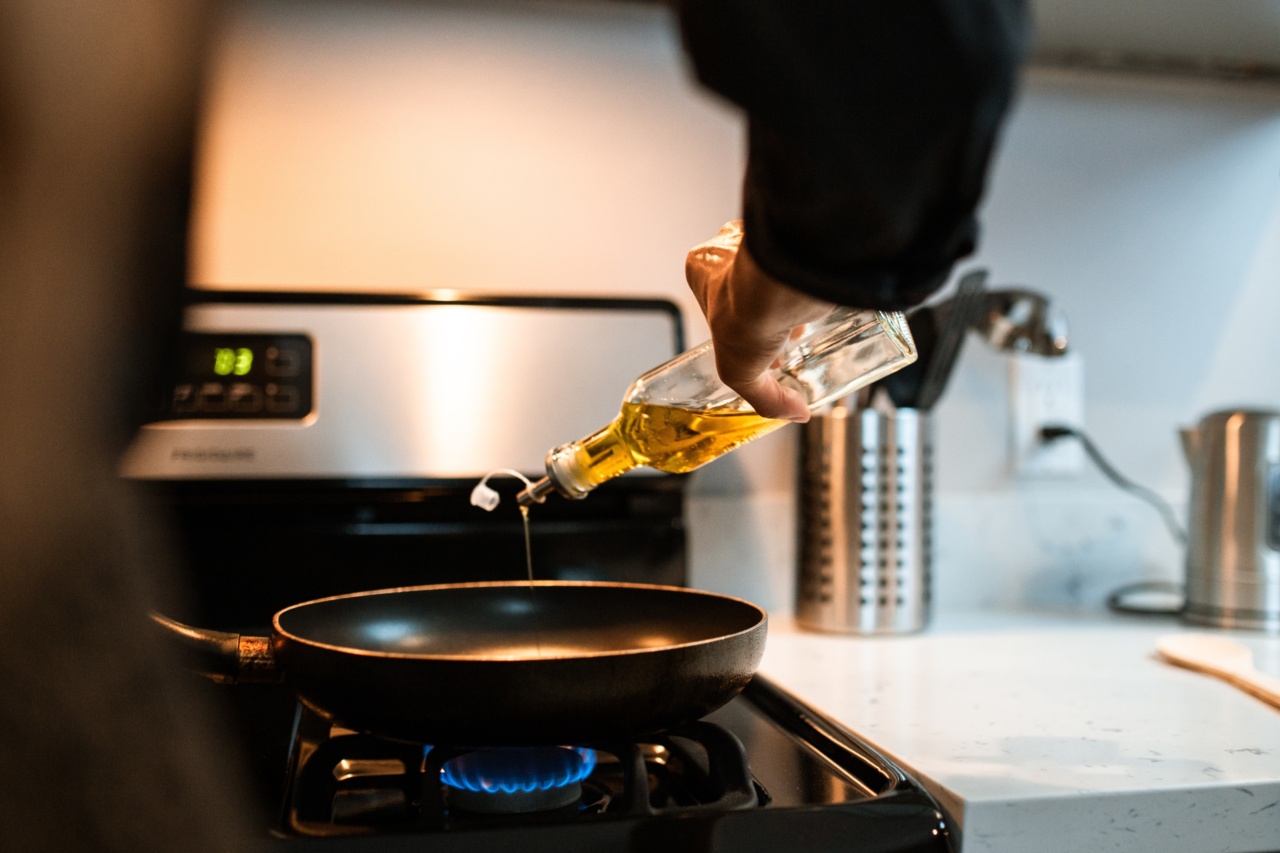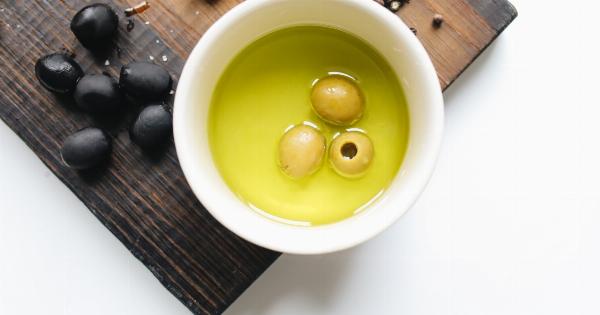When it comes to cooking, olive oil is a staple ingredient that adds flavor, richness, and health benefits to various dishes. However, just like any other food product, olive oil can go bad over time.
Consuming spoiled olive oil can not only ruin the taste of your dishes but also pose health risks. Therefore, it is essential to know how to tell if your olive oil has gone bad. In this article, we will discuss ten ways to determine if your olive oil has spoiled.
1. Off Odor
One of the easiest ways to identify spoiled olive oil is through the smell. Olive oil that has gone bad can develop a rancid or musty odor. If your oil smells off, it is a clear indication that it has spoiled and should not be used.
2. Unpleasant Taste
Similar to the odor, spoiled olive oil can also have an unpleasant taste. It may taste bitter, sour, or stale. If your olive oil tastes different from its normal flavor, it is a sign that it has gone bad.
3. Appearance Changes
Another way to determine if your olive oil has spoiled is by examining its appearance. Fresh olive oil typically has a clear, golden hue. However, as it spoils, the color can become darker and cloudy.
If you notice any significant changes in the appearance of your oil, it is best to discard it.
4. Sediment or Solid Particles
Spoiled olive oil might develop sediment or solid particles at the bottom of the container. If you see any unusual residue or particles, it is a strong indication that the oil has gone bad and should not be consumed.
5. Thick or Greasy Texture
When olive oil spoils, its texture can change significantly. It may become thicker, greasier, or even clumpy. Fresh olive oil has a smooth and silky consistency, so any noticeable changes in texture are a warning sign of spoilage.
6. Absence of Health Benefits
High-quality olive oil offers numerous health benefits due to its rich content of monounsaturated fats and antioxidants. However, as olive oil spoils, it starts losing its nutritional value.
If you no longer experience the positive effects of consuming olive oil, it is likely that your oil has gone bad.
7. Expiration Date
Most olive oil containers come with an expiration date or a “best by” date. This date indicates the estimated timeframe during which the oil is at its peak quality.
If the expiration date has passed, there is a higher chance that the oil has deteriorated and should not be used.
8. Storage Conditions
The storage conditions of your olive oil can greatly affect its shelf life. Exposure to heat, light, and air accelerates the oxidation process and increases the chances of spoilage.
If your olive oil has been stored in improper conditions, such as near a stove or in a transparent bottle, it is more likely to have gone bad.
9. Mold Growth
Mold growth is a clear indication of spoilage in any food product, including olive oil. If you notice any mold, fuzz, or unusual growth on the surface of your oil, it is essential to discard it immediately as it can be harmful if consumed.
10. Bubbles or Foaming
Fresh olive oil typically does not produce bubbles or foam when shaken. However, if your oil starts bubbling or foaming, it can be a sign of fermentation or the presence of unwanted substances.
This is a clear indicator that the oil has gone bad and should be thrown away.
In Conclusion
It is crucial to assess the quality of your olive oil before using it in your cooking.
By keeping an eye out for signs of spoilage like off odor, unpleasant taste, appearance changes, sediment, texture changes, and the absence of health benefits, you can ensure that the oil you use enhances your dishes rather than ruins them. Additionally, paying attention to the expiration date and storing olive oil properly will help prolong its shelf life and maintain its freshness.
Remember, consuming spoiled olive oil not only compromises the taste of your food but can also have adverse effects on your health.





























